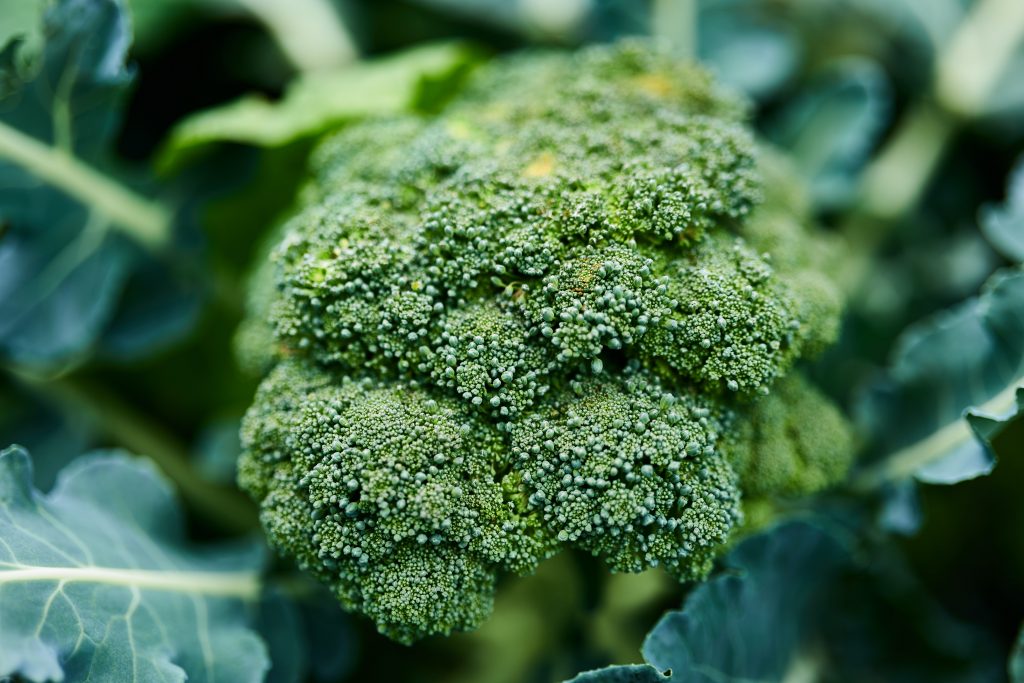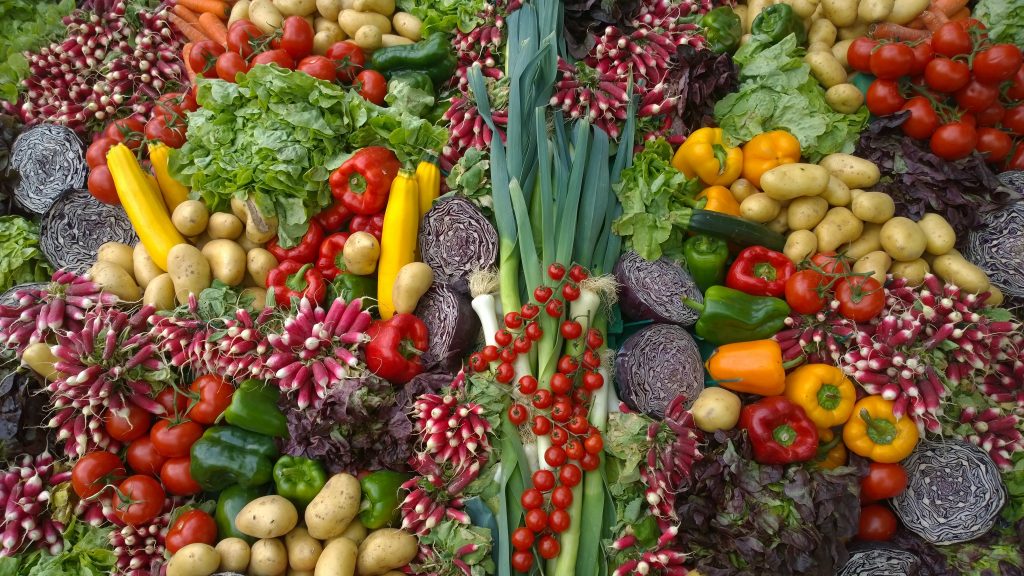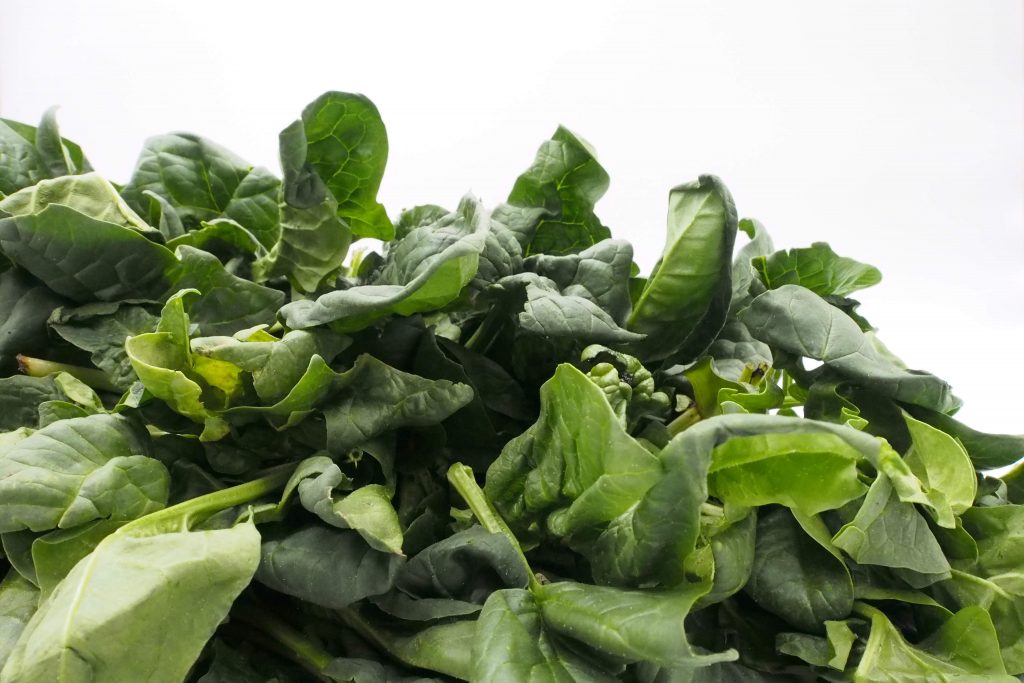In the world of nutrition, few foods rival the versatility and health benefits of cooking greens. From the robust flavors of kale to the delicate leaves of spinach, cooking greens offer an array of flavors, textures, and nutrient profiles that can elevate any dish. In this comprehensive guide, we’ll delve into the world of cooking greens, exploring their nutritional benefits, various types, preparation methods, and culinary possibilities.
Nutritional Benefits of Cooking Greens
Cooking greens are nutritional powerhouses, brimming with vitamins, minerals, and antioxidants that support overall well-being. Whether you’re seeking to boost your immune system or improve digestion, these leafy wonders have you covered. Vitamins A, C, K, and folate abound in these greens, contributing to bone health, immune function, and healthy cell growth. Additionally, the presence of antioxidants helps protect cells from oxidative stress, reducing the risk of chronic diseases.
Exploring Different Types of Cooking Greens
Among the array of cooking greens available, a few stand out for their popularity and nutrient density. Kale, known for its hearty texture, boasts a strong flavor and an abundance of vitamins. Spinach, with its tender leaves, is a versatile option that adds a mild taste to dishes. Chard offers colorful stems and leaves, bringing a slightly bitter yet delightful essence to meals. Collard greens, often associated with Southern cuisine, possess a robust taste and a remarkable nutrient profile.
Preparing Cooking Greens for Cooking
Before transforming cooking greens into delectable dishes, proper preparation is essential. Begin by thoroughly washing the leaves under running water to remove any dirt or residues. For certain greens, like kale, removing the tough stems can enhance both taste and texture. Gently pat the leaves dry to prevent excessive moisture during cooking.
Cooking Methods for Maximum Flavor and Nutrition
The choice of cooking method can significantly impact the flavor and nutrient retention of cooking greens. Steaming is an excellent approach, as it helps preserve vitamins and minerals while maintaining the greens’ vibrant color and texture. Sautéing in a small amount of oil enhances the flavors and adds a delightful touch of crispiness. Briefly boiling more robust greens like collards can help soften their texture while still retaining nutrients.
Pairing and Seasoning Cooking Greens
Pairing cooking greens with complementary ingredients is an art that elevates their flavors. Incorporate ingredients like garlic, onions, and citrus fruits to enhance taste profiles. The addition of herbs and spices, such as rosemary, thyme, or red pepper flakes, can elevate the dish to new heights.
Recipes and Culinary Ideas
- Sautéed Garlic Kale: Sauté chopped kale with garlic and a splash of lemon juice for a flavorful side dish.
- Spinach and Feta Stuffed Chicken: Fill chicken breasts with a mixture of spinach and feta cheese before baking to perfection.
- Chard and Chickpea Stir-Fry: Create a colorful stir-fry by pairing chard with protein-rich chickpeas and a savory sauce.
Health Benefits of Regular Consumption
Regularly incorporating cooking greens into your diet offers an array of health benefits. These greens are rich in dietary fiber, promoting digestive health and aiding in weight management. The abundance of vitamins and antioxidants supports a strong immune system, while their low calorie and carbohydrate content makes them a valuable addition to various dietary plans.
Buying and Storing Cooking Greens
When purchasing cooking greens, opt for those with vibrant colors and crisp leaves. Avoid wilted or discolored greens, as they may have lost some of their nutritional value. To extend their shelf life, store cooking greens in the refrigerator. Wrapping them in a damp paper towel and placing them in a plastic bag can help maintain their freshness.
Common Mistakes to Avoid
While cooking greens is a rewarding endeavor, a few common mistakes can hinder the culinary experience. Overcooking can lead to the loss of essential nutrients and result in a mushy texture. When sautéing, avoid using excessive oil or butter, as this can add unnecessary calories. Instead, focus on the greens’ natural flavors and complementing ingredients.
Variety and Versatility of Cooking Greens
Beyond the well-known cooking greens, a world of variety and versatility awaits exploration. Consider experimenting with lesser-known options like bok choy, watercress, or dandelion greens. Each green brings its unique character to the table, adding a fresh dimension to your culinary repertoire.
Conclusion
Incorporating cooking greens into your meals isn’t just a culinary choice—it’s a commitment to better health and vibrant flavors. From the robust crunch of kale to the tender embrace of spinach, cooking greens offer a world of taste and nutrition. Embrace the diversity of these greens, experiment with various cooking methods, and savor the countless possibilities they bring to your kitchen.
FAQs:
- Can I use frozen cooking greens for recipes?
While fresh is preferable, frozen cooking greens can be a convenient alternative without compromising much of the nutritional value. - **Are cooking greens suitable for raw consumption in salads?**
Yes, many cooking greens can be enjoyed raw in salads, providing a refreshing and nutrient-packed addition. - What if I find the bitterness of some greens overwhelming?
Balancing bitterness can be achieved by pairing with sweeter ingredients or incorporating citrus flavors. - Can I cook different types of cooking greens together in a dish?
Absolutely! Combining various cooking greens can create dynamic flavors and textures in your dishes. - Are cooking greens suitable for those following a vegetarian or vegan diet?
Cooking greens are a fantastic source of nutrients for vegetarians and vegans, providing essential vitamins and minerals often lacking in plant-based diets.


